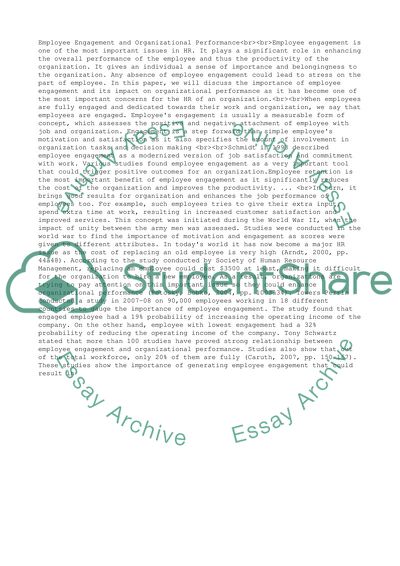Cite this document
(“Employee Engagement and Organizational Performance Research Paper”, n.d.)
Employee Engagement and Organizational Performance Research Paper. Retrieved from https://studentshare.org/management/1459539-employee-engagement-and-organizational-performance
Employee Engagement and Organizational Performance Research Paper. Retrieved from https://studentshare.org/management/1459539-employee-engagement-and-organizational-performance
(Employee Engagement and Organizational Performance Research Paper)
Employee Engagement and Organizational Performance Research Paper. https://studentshare.org/management/1459539-employee-engagement-and-organizational-performance.
Employee Engagement and Organizational Performance Research Paper. https://studentshare.org/management/1459539-employee-engagement-and-organizational-performance.
“Employee Engagement and Organizational Performance Research Paper”, n.d. https://studentshare.org/management/1459539-employee-engagement-and-organizational-performance.


